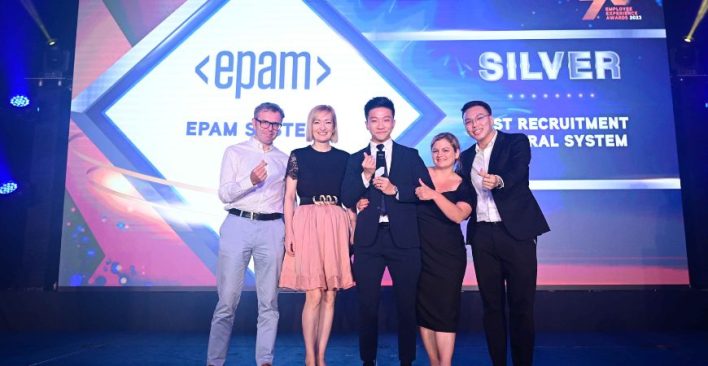3 alternative talent sources to plug the skills shortage

The biggest challenge for recruitment today boils down to one key question: How can we find the most qualified candidate in the most efficient manner?
However, as a strategic function Talent Acquisition (TA) is concerned with more than just filling positions for the here and now. It also has to assess for future needs and position the right talent to stimulate the business’ growth.
Since late 2020, TA Leaders have been preparing themselves for a more acute skills shortage. The threat of turnover looms great, with one third (33%) of Australians signalling a desire to switch jobs. Travel bans have further closed off access to the wellspring of skilled migrants.
Recent official figures paint a vivid picture. The Australian Bureau of Statistics (ABS) reported that job vacancies in Australia increased by 26.8% between February 2020 and February 2021. At 288,700, this number supersedes the previous high of 232,700 vacancies reported in February 2019. Total employment, in turn, has already returned to pre-pandemic levels.
So where do we find the talent to make up for this gaping shortfall? Here are three areas I suggest we can find alternative talent sources.
1. Existing Talent
Most organisations have already started to review their internal talent pools, if not engage in a full restructure of their internal mobility and employee reskilling programs. From a resource perspective, the investment makes sense as internal hires are on average 18% less expensive than new hires and require considerably less time to ramp.
Internal mobility is also a powerful talent retention strategy when you consider that in 2020, the top reasons for why people join, stay, or leave a company were job security, career opportunities, and development opportunities. As traditional roles evolve and are replaced to meet modern business and consumer needs, employers can inspire trust by supporting their people to find their new place in the transforming organisation. Successful internal mobility programs can further generate incredible compound effects on staff morale and employer brand.
2. Prematurely-redundant Talent
Unsurprisingly, the recovery in employment has not been even across industries or functions. The hard-hit Accommodation and Food Services sector for one is still down by 86,200 jobs.
Being intentional about hiring prematurely-redundant talent is not just the right thing to do from an equity standpoint. It can also be a significant business differentiator, as the diversity of experiences brought on by this pool of talent can cross-pollinate into surprising innovations and better ways of operating. As we have seen during the pandemic, people are remarkably able to pick up new skills and knowledge with the right training, especially if they already have the behavioural aptitudes.
3. Untapped Talent
Untapped talent covers a variety of groups, but in short, these are the people who have been systematically excluded from employment opportunities. Often, it is less due to their “in-ability” to perform and more because of unconsciously biased hiring criteria.
Neurodiverse individuals is one category that has been unfairly disfavoured by the traditional recruitment processes. According to ABS, the unemployment rate for people on the autism spectrum is 34.1%, nearly eight times the rate of the wider population. Ironically, an analysis by JPMorgan showed that employees with autism were 92% more productive and worked 48% faster than non-autistic employees. Companies like IBM and ANZ are already reporting successes in their neurodiversity program, through which they are filling talent-scarce digital roles with high performing hires.
(Learn more about hiring and retaining a neurodiverse workforce in this whitepaper.)
As organisations embrace more flexible work arrangements, driven by both employee demands and first-hand experiences of productivity gains during the lockdowns, the opportunities to accommodate more diverse groups should improve along. Be it caregivers who cannot commit to a 5-day office schedule, or individuals for whom commuting is a barrier due to disabilities or simply where they are located, this is our chance to design a world of work that now works for them.
Redesigning a TA model that fully takes advantage of these talent sources will require employers to re-think how they currently attract and engage with candidates. TA leaders will also need to work with their Talent Management counterparts to revise the criteria for talent success, such as looking at soft skills data which is much more holistic and equally distributed than hard skills or past experiences. Finally, employers must make a committed effort to revitalise mobility incentives and training programs to foster a future workforce that is more productive, adaptive, and inclusive.
pymetrics uses Artificial Intelligence (AI)-powered behavioral exercises to capture soft skills data, which powers fairer and more effective talent decisions from recruitment to internal mobility. To learn more about how soft skills can help you strengthen your talent strategy, check out this whitepaper.
Cover image: Unsplash
Related articles
Leave a Reply
Sign up to our newsletter
Get a weekly digest on the latest in Talent Acquisition.
Deliver this goodness to my inbox!


